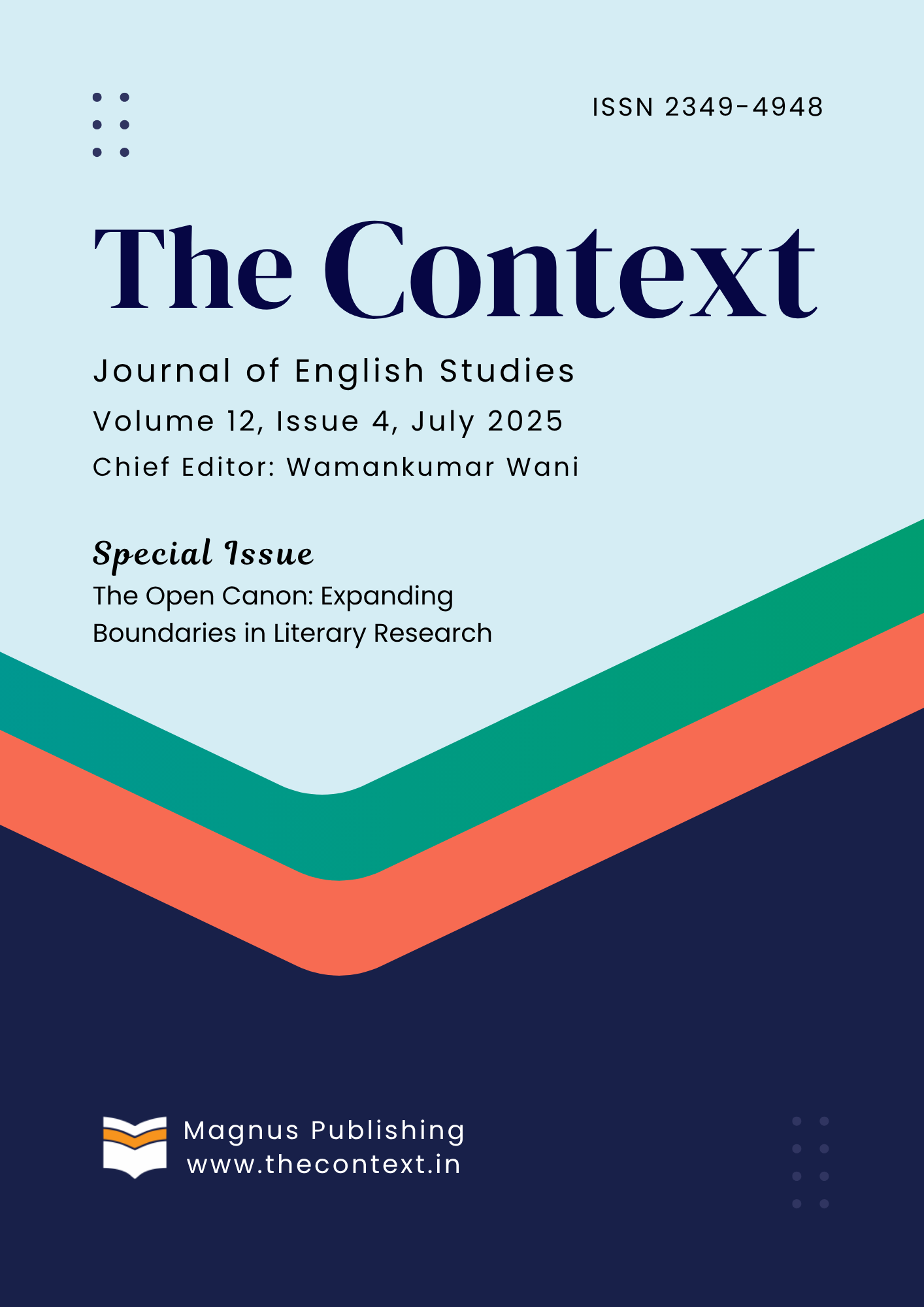Lateral Reality: Stream of (Un) Consciousness and Surrealism in Virginia Woolf’s To the Lighthouse
https://doi.org/10.5281/zenodo.15806769
Keywords:
art, perceived, psyche, surrealism, realityAbstract
The examination of what constitutes reality has long been a focal point of inquiry across various academic disciplines and intellectual pursuits, including philosophy, psychology, literature, and cognitive science. Through Virginia Woolf’s To the Lighthouse, this paper examines the dynamics of stream of consciousness, Surrealism, and the complex interplay between perceived and objective reality. Delving into the intersectionality of these themes, it reconceptualises Woolf’s narrative with philosophical and psychoanalytical perspectives. It draws upon André Breton’s notion of Surrealism and René Descartes’ fundamental question of existence, which serves as a foundation for exploring the nature of reality. Descartes’ inquiries into doubt and certainty prompt reflections on subjective experience, thereby illuminating how Woolf’s characters grapple with their existence within the narrative. The paper also incorporates Platonic and Aristotelian theories of ‘Forms’ and ‘forms’ to investigate the role of art and literature as a means of expression, alongside Sigmund Freud’s insights into the human psyche, which dissect the influence of the conscious and unconscious mind on perception. Through these interdisciplinary approaches, the paper explores and reinterprets how Woolf challenges notions of reality, prompting readers to engage with the tangible and intangible aspects of life.
Downloads
Downloads
Published
How to Cite
Issue
Section
License
Copyright (c) 2025 The Context

This work is licensed under a Creative Commons Attribution 4.0 International License.






